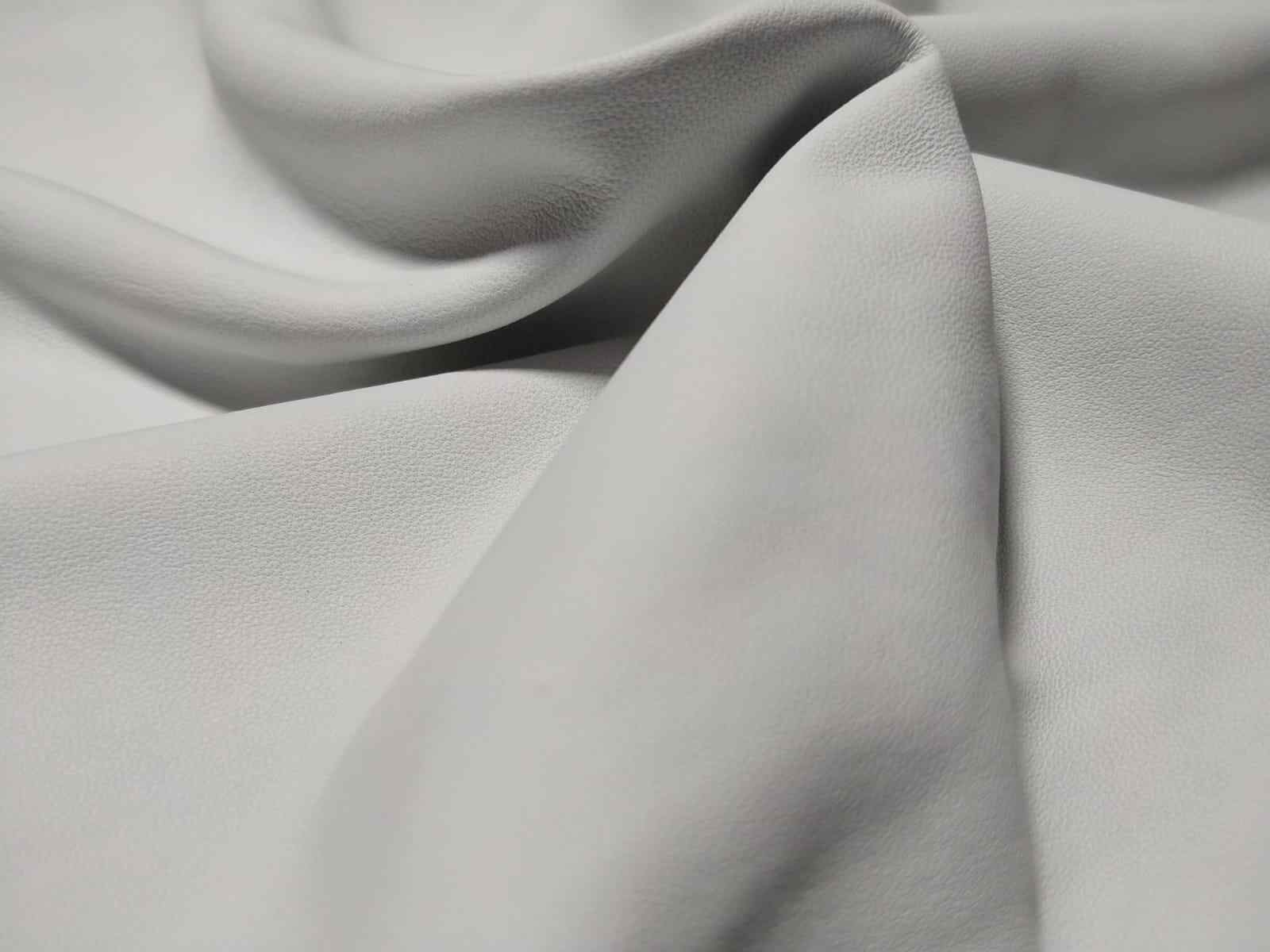

Cabretta leather is highly prized in the world of golf gloves for its unparalleled softness,durability,and breathability.This luxurious material is derived from sheepskin,specifically from breeds like Merino and Targhee,known for their fine,supple hides.The unique processing techniques used to create Cabretta leather ensure that each glove offers superior comfort,grip,and performance on the course.
Processing and Tanning
The journey of Cabretta leather begins with the careful selection of raw sheepskins.These hides are sourced from specific farms where the animals are raised to ensure the highest quality of leather.After the initial harvesting,the skins undergo several critical steps to transform them into the premium material used in golf gloves.
-Preparation: The raw hides are first soaked in water to remove any water-soluble impurities such as salt and dirt.This step helps to restore the natural softness and shape of the leather.
-Dehairing: Using a lime solution,the hair is removed from the skins.This process not only strips away the hair but also softens and swells the leather,preparing it for further treatment.
-Splitting: The leather is then split to remove excess flesh and can be divided into multiple layers,each with its own unique characteristics.
-Tanning: The most crucial step is tanning,where chromium salts are used to convert the raw hides into a stable,durable material.This process gives Cabretta leather its signature softness and longevity.
-Retanning: Post-tanning,the leather undergoes retanning to enhance specific properties such as apperance,texture,fullness,weight,and color.
Dyeing and Finishing
Once the leather has been tanned and retanned,it is ready for dyeing.Cabretta leather is dyed in large drums,where it is immersed in dyes and other chemicals to achieve the desired color.The dyeing process is meticulous,ensuring that the color is evenly distributed and deeply penetrated into the leather fibers.
-Color Options: Cabretta leather can be dyed in a wide range of colors,from vibrant brights to deep,rich browns and blacks.This versatility allows golf glove manufacturers to offer a variety of stylish options to suit different preferences.
-Colorfastness: After dyeing,the leather undergoes a fixing process to enhance the color's durability and resistance to fading.This ensures that the gloves maintain their vibrant appearance even with regular use.
The final stage involves surface treatment,where the leather is coated with wax or oil to give it a smooth finish.This step not only enhances the leather's natural beauty but also improves its water resistance and color retention.The leather is then polished to achieve the desired level of sheen and softness.
Cutting and Stitching
With the leather now fully processed and finished,it is ready to be crafted into golf gloves.Skilled artisans carefully cut the leather into precise shapes,ensuring that each piece is perfectly aligned for optimal fit and performance.The cut pieces are then sewn together,either by hand or using specialized machinery,to create the final glove.
Thickness and Surface Treatment
Cabretta leather golf gloves are typically crafted from leather with a thickness of 0.40–0.55mm.This thickness provides the perfect balance of durability and flexibility.Thicker leather,around 0.55mm,is often sourced from the center of the hide and offers enhanced tear resistance.
The surface of the leather is treated to achieve a smooth,fine texture that feels soft to the touch.This finish not only enhances the glove's aesthetic appeal but also ensures that it remains supple and comfortable during extended periods of wear.
The meticulous craftsmanship involved in creating Cabretta leather golf gloves ensures that each pair offers exceptional quality and performance.From the careful selection of raw materials to the final stitching,every step is designed to deliver a glove that provides superior comfort,grip,and durability.Whether you're a seasoned pro or a weekend warrior,Cabretta leather golf gloves are the ultimate choice for enhancing your game on the course.
Erreur de format d'e-mail
emailCannotEmpty
emailDoesExist
pwdLetterLimtTip
inconsistentPwd
pwdLetterLimtTip
inconsistentPwd